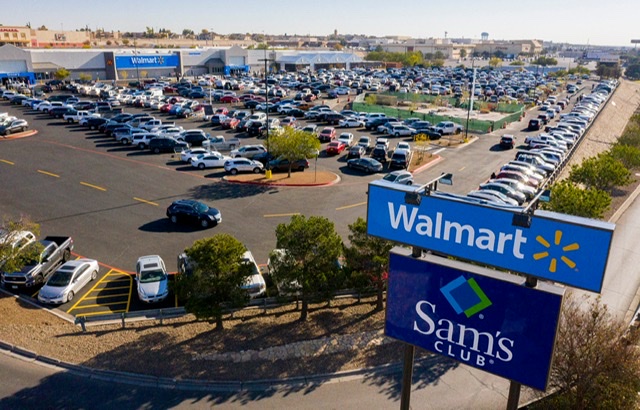The “experts” at every news outlet predict recession or depression, as if we need a weatherman to know which way the wind blows. Yes, two quarters of negative GDP growth is still a recession and prolonged low employment and income is a depression, but this is different. This is a widespread economic compression caused by social distancing. It’s different and the government is responding differently.
The 1974 recession was triggered by three economic events: (1) the OPEC oil embargo, (2) Nixon de-valuing the dollar, and (3) Nixon’s wage-price controls. Unable to raise prices or get wage increases, businesses and households were crippled by rising fuel prices (made worse by a cheap dollar). Today will resemble 1974 in how fast the economy ground to a halt.
The 1980 recession was triggered by 10-20% interest rates (to beat inflation) and the Iran oil embargo. The 2008 recession was triggered by a housing bubble and bank credit crisis. Both recessions were economically predictable. The 2020 recession is different; primarily, because household finances are secondary to household health. In short, good health requires social distancing and self-quarantine, meaning societies are intentionally inviting an economic contraction.
Any business dependent on social congregation will be hardest hit: airlines, bars, concerts, conventions, cruise lines, hotels, and restaurants. Their contractions will defy normal “worst case” scenarios. Consumer-durable businesses (appliances, cars and home furnishings) will also contract – until Americans feel better about the future. I don’t know when, but I have an idea how recovery will happen.
The first milepost is replacing negative health perceptions with positive health realities, beginning with verification of reports that China and South Korea are improving. This will be followed by Google and CDC using big data to better predict morbidity rates, and makers flooding locales with medical supplies. Feelings of support and predictability always invite business and household spending and investing.
The second milepost is the widespread awareness of a national moratorium on business closures and household foreclosures, including provisions for missed rent, interest and premium payments. In 1974, 1980 and 2008, such proactive support and predictability were absent. Not only is Washington avoiding past mistakes, it is sending a strong message to business leaders to care about customers and employees. Sharing and caring will fast become an act of patriotism.
The third milepost is the government sending bridge payments to wage earners and small businesses to survive a deep-V recession (big but short economic contraction). It is smarter to sustain current businesses and households now than re-create them later. Another wise move is preventing companies from using tax-payer money to buy back stock.
The national mood should be patience and optimism. An economy with strong underlying fundamentals was artificially disrupted. Unlike previous recessions, consumers were forced out of restaurants and arenas, meaning consumer demand is being hugely pent up. The educated guess here is, given the green light to return to societal norms and supplied with liquidity, businesses and consumers will bust loose with spending and investing by fall.
